A piece of the continent
by Rudston Steward
he heavy clunk and clatter of chains announces our arrival. 5:47am—we’re mooring. The ferry’s drawbridge releases, tracing an arc towards the pier. Dawn spills into the hold where half a dozen of us huddle, suddenly awash in the sepia-sour smells of seaweed and shore. Engines thrust and churn, a salty gurgle of surf; mooring lines strain against their bollards. Our vessel groans, then steadies and settles. The drawbridge smacks onto concrete, one hundred and sixty-three kilometers south of Sicily, a clanging landfall.
“Avanti.” A man in a blue anorak gestures frantically towards the shore. “Prego, AVANTI!” I walk along the ramp and step onto the pier. Terra firma: a pocket of clammy island air. The blue anorak turns to light a cigarette, shoves hands in pockets and shouts after us, almost an afterthought: “Isola di Linosa.”
It’s early April, off-season. Only seven passengers disembark, and I’m the sole non-resident; the rest get picked up promptly and driven back to town. I stroll away from the pier, along a tarmac track contouring the base of a volcanic mound that towers over the harbour. Its flanks are a patchwork of loose grey scoria and russet pumice, devoid of vegetation. Where the land flattens out to my right, towards town, plots are demarcated by low dry-stone walls, cindery volcanic blocks amassed in clumps.
The sun is low and distant, a spectral orange glow that brightens gradually with the lifting haze. As I walk the breeze changes direction: first sticky-treacle cistus, then juniper, then the bitter tang of lentisk. The track snakes through the outskirts of town and feeds into the main road, Via Vittorio Alfieri. I walk the length of it, bottom to top: a string of low rectangular houses, ochre, white and pink; the Bar Dammuso, a post office and an alimentari—all shut; two bright blue signs promoting the Linosa Diving Center, pointing in opposite directions. There’s no-one around.
The only signs of life are ornithological. A Golden Oriole plummets into a fig tree, flashing vivid bronze as it vanishes under foliage. House Martins loop and glide overhead, arabesques on the wing. A juvenile cuckoo suns itself in an Aleppo pine, silent and conspicuous, as if it hasn’t yet learned that cuckoos ought to be heard not seen.
Where Via Vittorio Alfieri reaches its terminus a footpath continues uphill towards Monte Vulcano, Linosa’s apex (a modest 195m above sea level). I give in to the compulsion that invariably takes hold of me when I disembark on a small island: the urge to climb without delay to its highest point. On the way up, as a bird’s-eye view starts to stretch out below me, I indulge the fantasy that I’ve landed on an island untouched by humans. An unspoilt wilderness, the untrammeled domain of orioles, martins and cuckoos. Linosa: a twenty-first century Galapagos of the Mediterranean.
25 April 1845
Captain Bernabo Maria Sanvisente lands on Linosa, charged with colonizing it on behalf of Ferdinand II, Bourbon King of the Two Sicilies. The king has bestowed upon him the title of Governor along with thirty conscripted pioneers, mostly from Agrigento and the neighbouring Sicilian island of Pantelleria, to do so. Amongst them is doctor Pasquale Bonadonna, Linosa’s first mayor, and an unnamed priest who, in Sanvisente’s words, would “cure the colonists’ souls.”
The Governor takes charge of an island that has been uninhabited for over two thousand years, ever since the Romans last used it as a base in the Punic Wars (their wells, a hundred and fifty of them, still dot the landscape). Linosa has been temporarily occupied by assorted pirates and fishermen and smugglers since Roman times, but there have been no long-lasting settlements for a couple of millennia.
It proves an extremely challenging reality. Linosa is more isolated and conditions more extreme than Sanvisente expected, principally due to the lack of fresh water. The first official census in 1862 lists the island’s body politic at barely eighty souls—hardly a thriving metropolis. And the trend has continued. Over the next hundred and fifty-four years Linosa’s population has expanded at a plodding pace: the official tally today is a mere four hundred and thirty-three residents.
I do not cross paths with a single Linosa resident on my way up the slopes of Monte Vulcano. Which is a pity, as I was hoping to ask someone about their lineage, whether their ancestors were amongst the original thirty settlers. After how many generations did they start thinking of themselves as autochthonous Linosani as opposed to émigré Agrigentini or Pantellerini? And did they start developing peculiarities of speech or habit, endemic Linosan traits akin to the evolutionary mutations observed by Darwin amongst the assorted finches of the Galapagos Islands when he visited them on the HMS Beagle?
As I climb higher the circumference of the island in its entirety emerges into view. The shoreline is a rough-cut rhombus floating on the dark, unpolished sea. The town recedes gradually below me, as if the human element is draining away, seeping down into the depths of the earth—all that pioneering and colonizing effort subsumed by eons of stacked volcanic strata.
From the summit the island’s other peaks, Monte Nero and Monte Rosso, become visible. With Monte Vulcano they form a lopsided ring of volcanic cones surrounding a sunken caldera: the Fossa del Cappellano. I sit down to rest.
A pair of Eleonora’s Falcons soon wheels overhead, keen wingtips strumming the air. They fly by horizontally, flashing their dark sideburns, then angle abruptly down into the caldera. I follow their flitting progress until finally they soar out to sea and out of sight. On the southern horizon my gaze snags on a pale beige smudge: the low limestone cliffs of Lampedusa, the southernmost extremity of Italy, forty-two kilometers to the south.
When I get back down to town the main drag shows signs of life, human stirrings. Three men clad in orange municipal jackets over khaki jumpsuits are sweeping the street, their course an irregular zigzag back and forth and back again across the flagstones, pin-pointing errant bits of debris. As I approach the team leader leans up on his broom, calling out.
“D’ya know why we’re working today, a Sunday, our day off?” He has the rapid-fire delivery of a town crier and continues before I can venture a guess. “Yesterday we were on strike. Against the Municipality of Lampedusa. Buncha damn crooks. Haven’t paid us for seven months. We wanna keep Linosa clean. Even if nobody pay us. If we don’t sweep, who will?”
I express support and admiration for their cause. A sympathizer—his eyes light up. He leans in and whispers conspiratorially, a newfound companion-in-arms, “Our problem’s Lampedusa. Always has been. They keep Linosa down, ya know? Don’t give a shit about us!”
I continue on down the road. The bar is now open, I have a cappuccino and the last pastry on offer. I’m still hungry; I need to make plans for an early lunch.
“What time does the alimentari open?”
The barista looks up wistfully. “Not today. Sunday.”
“Hmm. Where else can I buy food?”
She shakes her head. “Nowhere. Everything’s closed.”
“How about a restaurant?”
“There are two, one hasn’t opened for the season yet, the other’s closed on Sundays.” She is grinding her teeth in empathetic dismay.
“Ah. Bad news.”
She agrees, shaking her head more vigorously, bad news indeed, terrible news. I may go hungry on my very first day in Linosa—she feels personally responsible. Tears are starting to well up. She won’t stand for it, she says, this failure of Linosan hospitality.
“Keep an eye on the bar.” She rushes out before I can reply. A minute later, out of breath, she returns clutching half a packet of linguini and a jar of frozen pasta sauce. “This will tide you over till tonight.”
Such unsolicited kindness—I thank her, my gastronomic saviour. She won’t accept any cash; when I try to insist her voice cranks up to banshee pitch, “Non mi offendere!” Don’t insult me.
I promise to return in the evening for a drink. But now I must find the room I booked, cook the linguini without delay, and take a nap. The sleepless night on the ferry is catching up with me fast.
The ferry that deposited me in Linosa continued on its route to Lampedusa: the principal gateway for illegal immigration from Africa and the Middle East into Europe. The number of attempted crossings from Libya to Lampedusa, at the mercy of ruthless human traffickers and their sinking ships, has risen vertiginously since the Arab Spring in 2011. It has turned the southern Mediterranean sea passage into the most deadly migrant route in the world.
Later today, on its return journey to Porto Empedocle in Sicily, my ferry will transport a group of migrants—individuals lucky enough to make landfall, get processed by Lampedusa’s temporary immigration holding facility, and sent to the mainland. From Sicily they will be transferred to towns and cities scattered across the Italian peninsula. Many will drop off the radar and try to make their way further north still, seeking to get into purportedly job-rich northern Europe.
A part of the ferry, aft on Deck 7, is set aside for transporting migrants to Sicily. They are kept segregated from the general public, escorted by a squad of Carabinieri, military police. One of the Carabinieri tells me, matter-of-factly, “It will be mostly Senegalese today. Last week we had Eritrea and Somalia and Mali. And a boy from Sudan whose entire family had drowned.”
Linosa never makes the headlines, despite its proximity to Lampedusa. Together they comprise the Pelagie archipelago, but the ongoing migrant crisis bypasses Linosa altogether; it is a distinctly Lampedusan tragedy.
On the ground, Linosa is a black volcanic extrusion, fertile and sparsely populated—a tranquil haven for wildlife and a refuge for travellers seeking to get as far off the beaten track as you possibly can in Italy. Lampedusa, by contrast, is a long, thin, flat, eroded slab of white limestone with barely a tree left on it. Its population is over fifteen times that of Linosa; its social fabric increasingly strained by the stresses of being on the frontline of Europe’s refugee catastrophe.
Below ground the two islands are literally continents apart. Linosa sits on the edge of the Eurasian plate, the last cone in a great volcanic chain that stretches through Etna and Vesuvius all the way to the Pontine islands south of Rome. Lampedusa, geologically speaking, is part of Africa. It is moving north at a rate of about a centimeter a year, sliding under Eurasia—traumatic continental drift playing out in deep time.
In the Pelagie archipelago geology is a harbinger of contemporary politics: the tectonic divide has become a modern political chasm, keeping desperate African migrants segregated from distant European shores.
On the ferry I read a famous poem by John Donne, I stared for hours at the oily sea, I could not sleep. It was published in England in 1624, but sounds like a requiem for the southern Mediterranean, circa 2016: “Every man / is a piece of the continent, a part of the main / if a clod be washed away by the sea, Europe / is the less.”
I wake from my long nap; the late-afternoon light is limpid and warm, the island awash in its rose-tinted distillate. I make my way back to the Bar Dammuso for a drink, as promised. A seagull cackles derisively overhead, as if to ask, a piece of which continent? The barista seems relieved that I’m still amongst the living.
The man at the counter introduces himself as Gerlando, asks me what I’m drinking. He slides a bottle of Moretti beer over to me and says “Welcome to Linosa.” Interlocutors have presumably been few and far between at the bar this afternoon.
He has a long face punctuated, from top to bottom, by a felt peaked cap, black horn-rimmed glasses, and a strawberry-blond goatee. His complexion is flushed; his compact frame propped on the chair like a ruddy toadstool. Gerlando makes gnomic conversation, delivering aphoristic utterances between exhalations from his electronic cigarette, a disembodied voice speaking from behind a vast cloud of vanilla-scented vapour. When you least expect it he unleashes a high-pitched laugh, as if something very amusing has pulled a falsetto trigger in his throat.
“I’ve been running a scooter-rental business here for twenty-seven years. But I want to switch to electric bicycles. So much better for Linosa. No noise. This place must remain tranquillo.”
He puffs on his device, releases a cumulonimbus smokescreen.
“A few years back they arrested me for bringing petrol from Lampedusa. There was no gas station here, it got brought over two or three times a year. I ran out and went to get my own supplies, for the scooters, eighty liters in the boot of my car. The cops said I might use the petrol to make a bomb. Motherfuckers! They prosecuted me for terrorism—attentato allo Stato.” An attack on the state of Italy.
His terrorist past triggers a falsetto ricochet. Another drag.
“For ages no-one could figure out what was wrong with me. They tried everything, even injections to the knee until I couldn’t feel my feet anymore. It took years for them to pick up I had a brain tumor. It’s stable. Not getting any bigger. Not going away.”
He inhales, more billowing fumes. “You know, I introduced electronic cigarettes to Linosa? I was the first. Now they’re everywhere. I should smoke less, probably.”
A girl walks into the bar, takes a bottle of beer from the fridge, walks out again. Gerlando follow her with his eyes. When she’s gone he laughs and says, “Girls from Linosa are a great big pain in the butt. A royal finger in the ass!”
28 June 1845
Two months after Captain Sanvisente makes landfall on Linosa, Charles Darwin publishes the second edition of The Voyage of the Beagle. Six crucial years have passed since the first edition of 1839 and in the interim Darwin has been tentatively formulating his idea of species mutation through natural selection. The revisions to the 1845 edition contain the conceptual seeds that will flourish into the intellectual and scientific revolution of On The Origin of Species.
Darwin draws the pivotal evidence from his analysis of finch and mockingbird samples collected in the Galapagos: “Seeing the gradation and diversity of structure in one small, intimately related group of birds, one might really fancy that from an original paucity of birds in this archipelago, one species had been taken and modified for different ends…It is the circumstance that several of the islands possess their own species of the tortoise, mocking-thrush, finches, and numerous plants, these species having the same general habits, occupying analogous situations, and obviously filling the same place in the natural economy of this archipelago, that strikes me with wonder.”
It’s unlikely that Captain Sanvisente read the second edition of The Voyage of the Beagle during his tenure as Governor of Linosa and Lampedusa. Which is a pity, because he may have noticed striking parallels between the Galapagos and Pelagie archipelagos. He too may have been struck by enlightened Darwinian wonder at the natural world, and let it inform the way he governed for the next nine years.
Over time the islands might have evolved into an archipelago subject to a different natural economy, becoming modified for different ends: a haven for an evolved human species, where everyone makes landfall without the risk of drowning.
My second compulsion on small islands, after climbing to their highest point, is to circumambulate them.
I set out mid-morning, out of town up Via Vittorio Alfieri, cutting across the flank of Monte Vulcano and down to the eastern shore. A road leads anti-clockwise around the perimeter of the island. The wind is whipping up a pepper-spray of surf; a school of terns squabbles and yelps offshore in protest. Where the road turns inland on the northern shore I continue along a footpath, picking my way across a hillside of black lava.
There are no trees or shrubs, only a smattering of low scrub. Pale yellow grasses, blood-orange lichens, lime-green euphorbias cling to fissures in the lava: splotches of colour dribbled onto an igneous black canvas. A blue-grey mantle of cloud floats on high, uneven and striated. Where the sporadic sunlight filters through it imbues the terrain below with a mauve tinge, the landscape flushed by a mildly hallucinogenic bloom.
A black lizard scurries across my path, a subspecies of the Filfola Lizard endemic to Linosa. I wonder, is it a long-lost genetic cousin of the iguanas that rove the Galapagos? The path becomes rougher as it winds around the island’s north-west corner, the ground increasingly uneven. Jagged blocks of lava twist towards the sea; I clamber over boulders bristling with diamantine igneous shards.
A pair of Cory’s Shearwaters floats off the point, cresting and dipping on the swell like frantic buoys. The birds spend most of the year out at sea in the Atlantic Ocean, returning to this promontory to lay their eggs in the lava. Linosa hosts Europe’s largest colony; a conservation project has been established to protect their breeding grounds and eliminate the Black Rats that gobble up their eggs. The Linosani are skeptical of the €915,000 spent on the program, half of it financed by the European Commission. When I asked Gerlando about it, he laughed and said: “Shearwaters are a royal EU finger in the ass!”
Turning south-east, back towards town, I opt to climb to the top of Monte Nero and drop down the other side rather than take the tarmac road looping around its base. I scramble and crunch up a scree slope: particulate black pumice seeps into my shoes at every sinking step. The ascent feels like wading uphill through pellets of volcanic quicksand.
On the summit the black sand semicircle of Cala Pozzolana becomes visible below, one of the few remaining beaches in Italy where Loggerhead Sea Turtles come to lay their eggs. Do any of Linosa’s Loggerheads intermingle with the Green Sea Turtles that migrate across the Pacific from the Galapagos?
As I start making my way downhill, back to town, I am stopped short by a familiar sound overhead: the liquid chirp of European Bee-eaters. A large flock, about forty strong. They gyrate and swoop, fanning out then looping back again, compact, as if turning round a giant spindle in the sky. It’s an advance party, unusually early: most bee-eaters make the spring crossing from Africa later, towards the end of April, and then take refuge in southern Europe until mid-September. Their wings flash turquoise and yellow, catching the sun as they spin, drawing steadily north.
I know the bee-eaters’ call intimately from my childhood in South Africa; they are a common species where I grew up. In evolutionary terms we are seasonal migrants from sub-Saharan Africa, both the bee-eaters and I—perennially in search of a piece of two continents.
Like them, I will head north soon. Back to Sicily, exempt from making desperate sea crossings in sinking ships. Back to Italy, unfettered by the bureaucratic constraints facing those who will travel with me, aft on Deck 7 . Back to Europe—awash with traumatic continental drift, circa 2016.
1 Comment
Comments are closed.

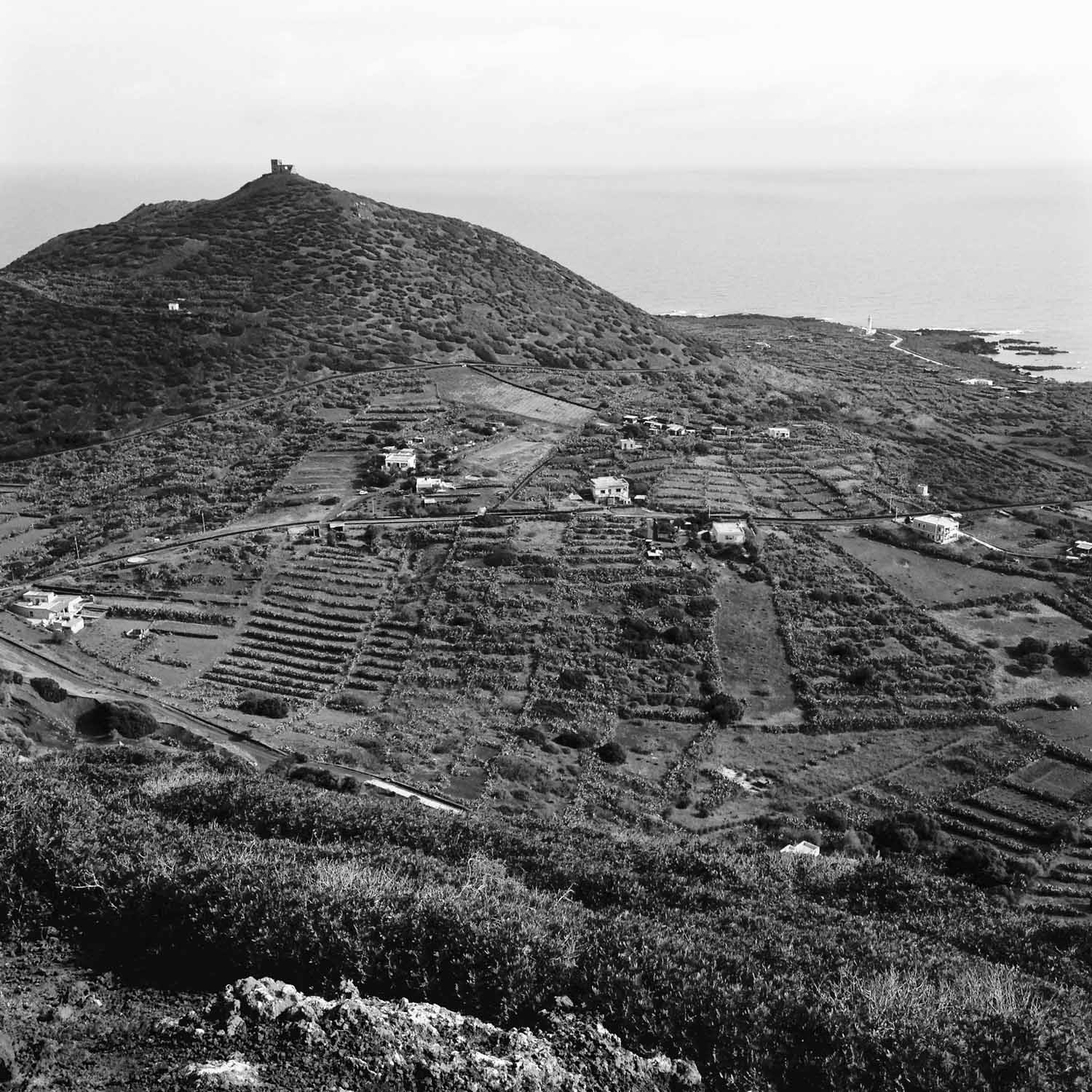
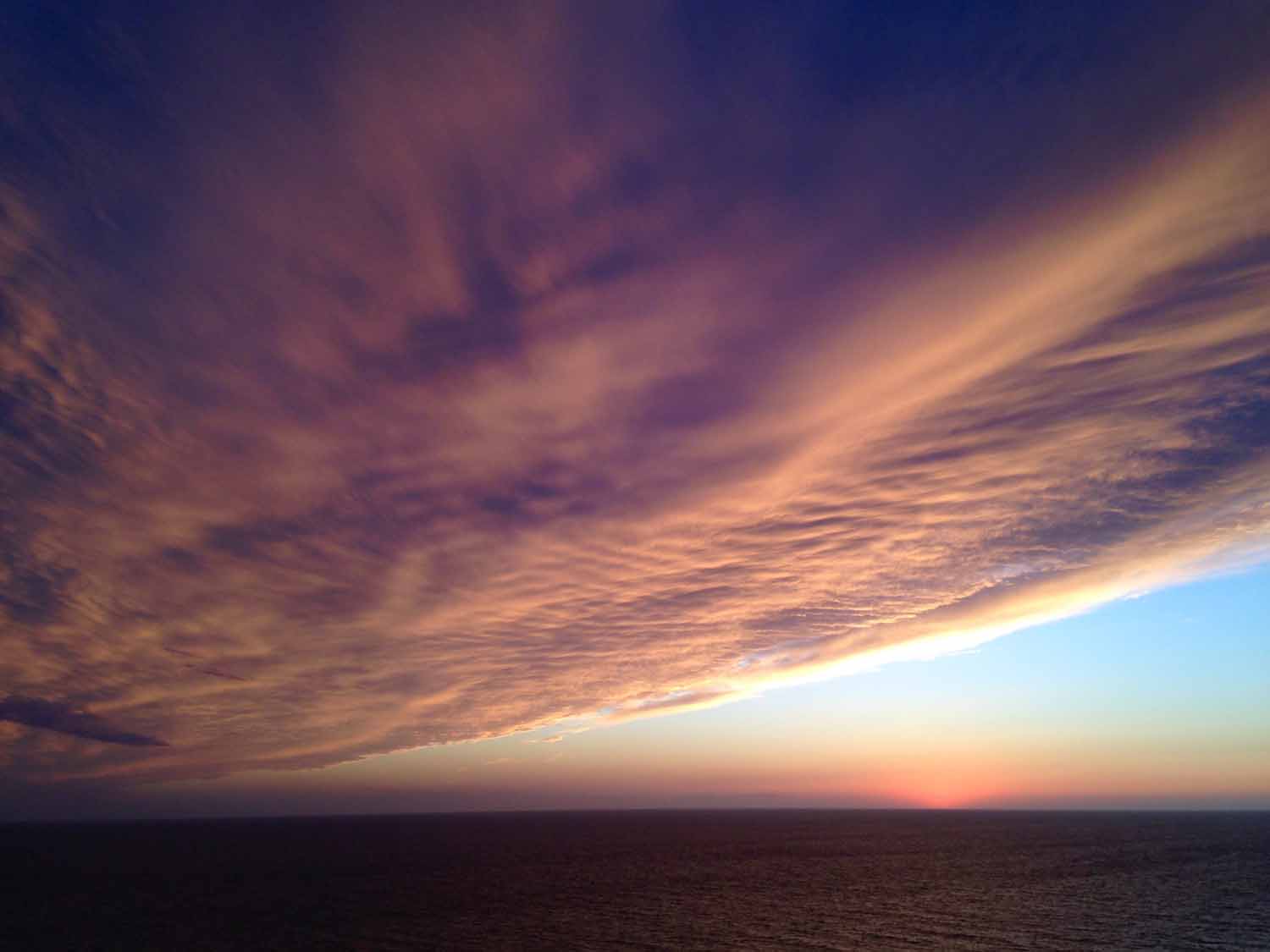

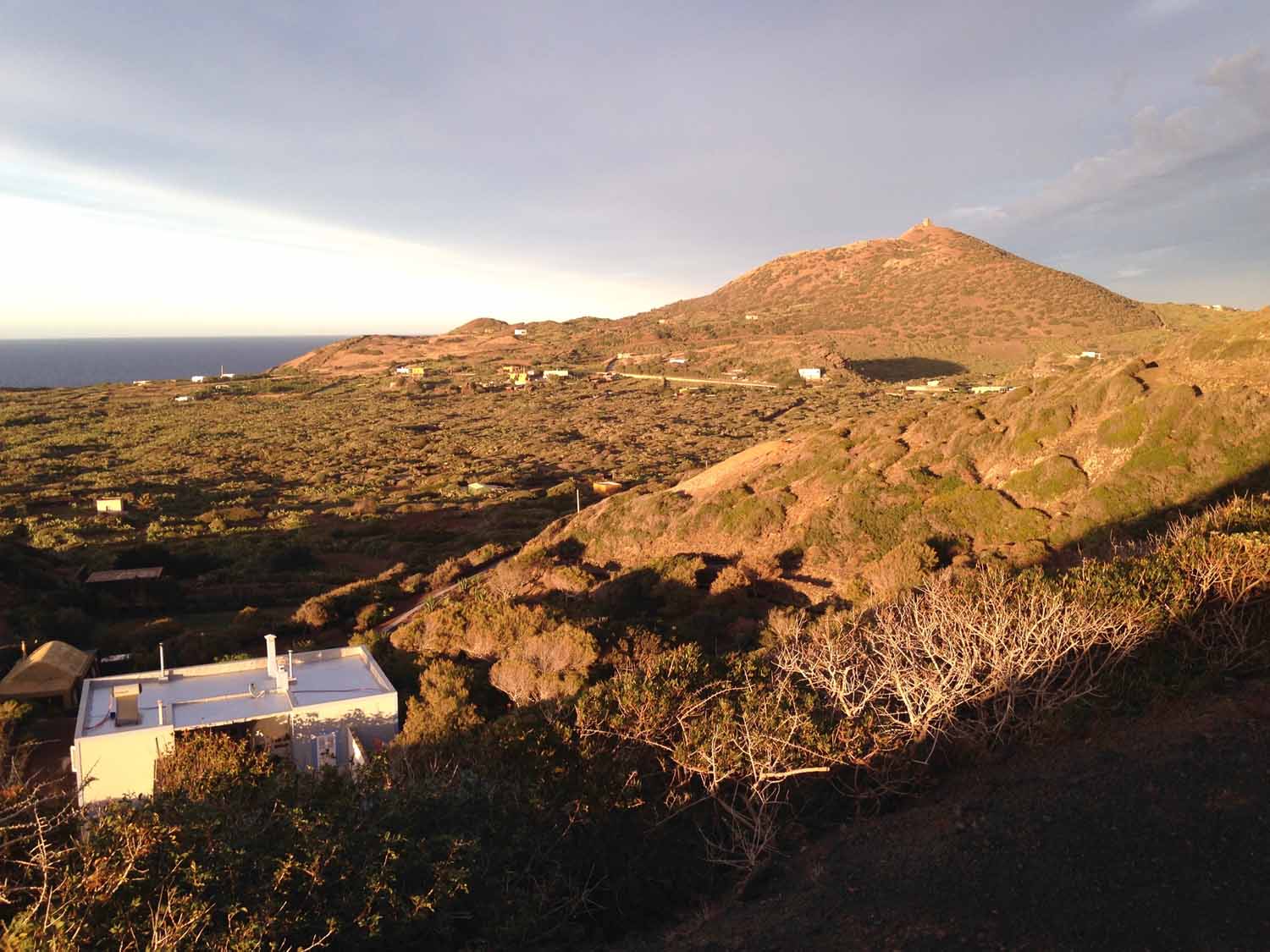
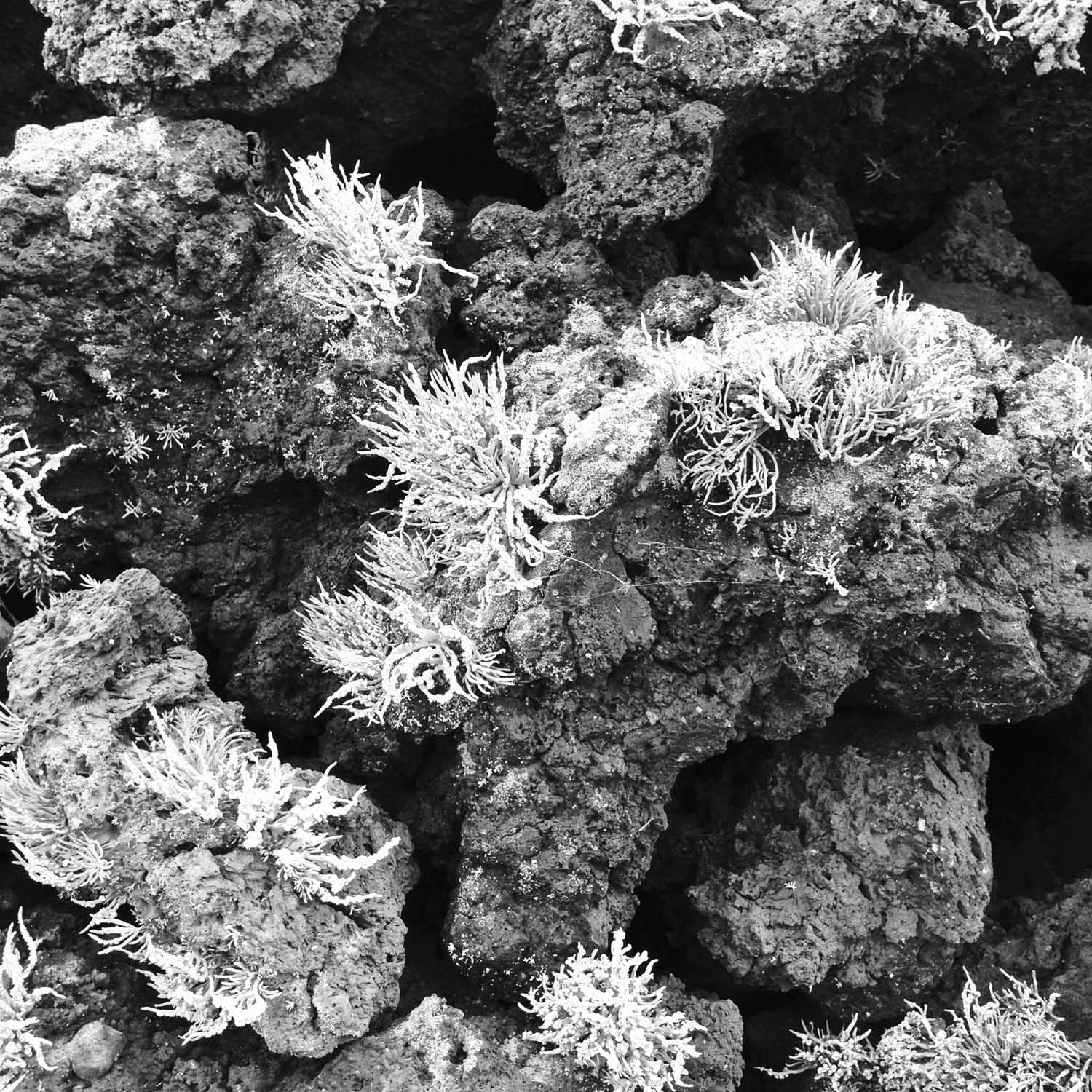
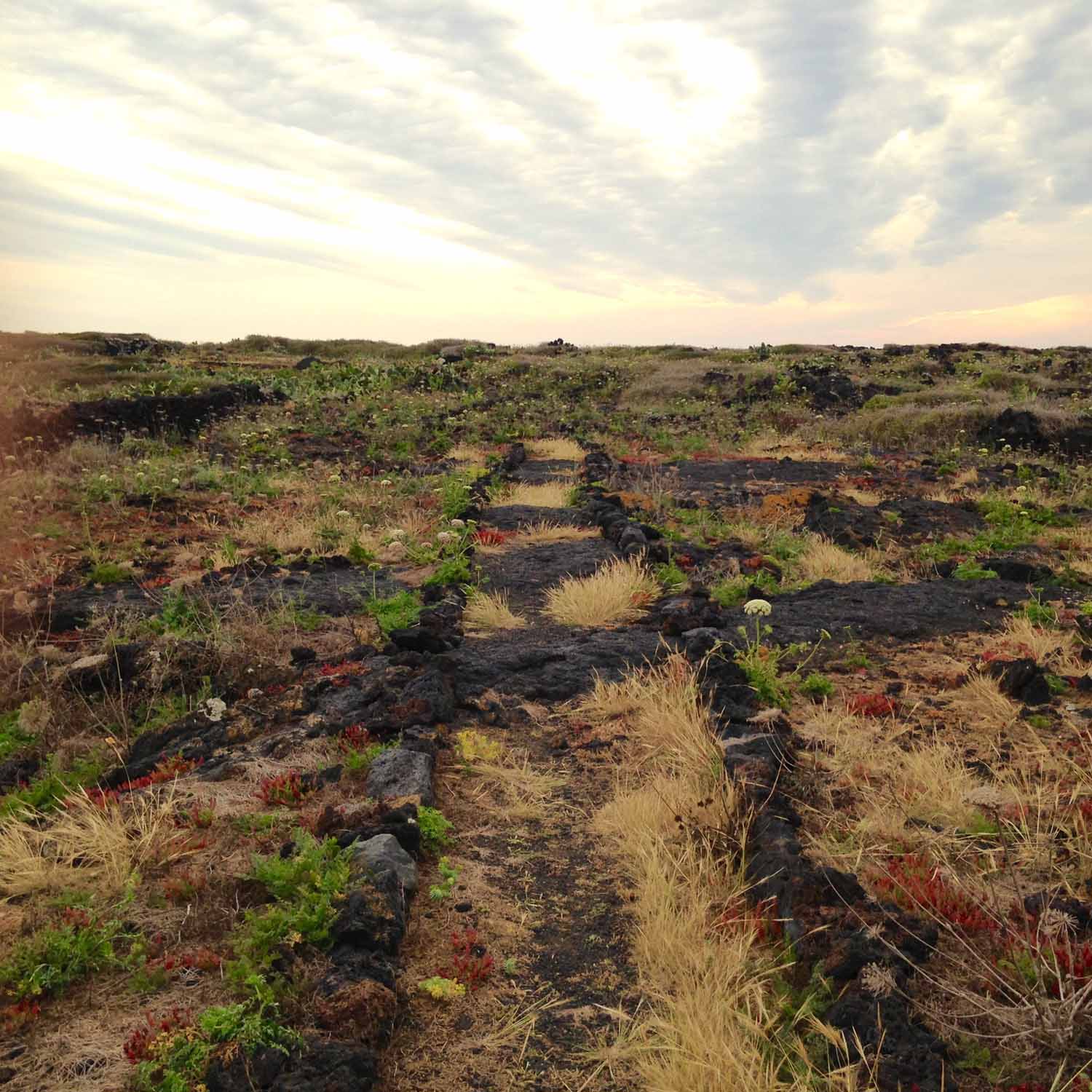

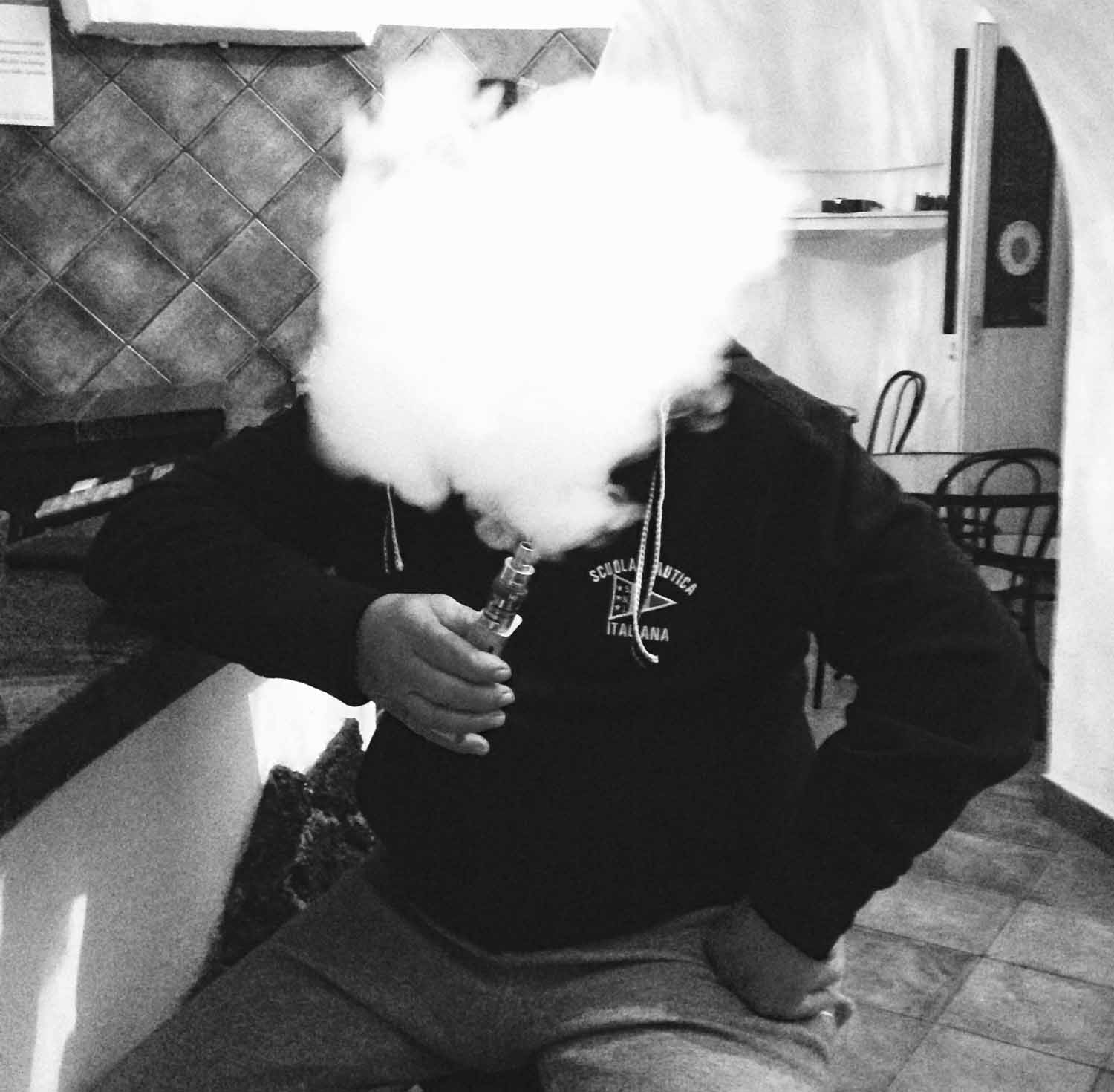
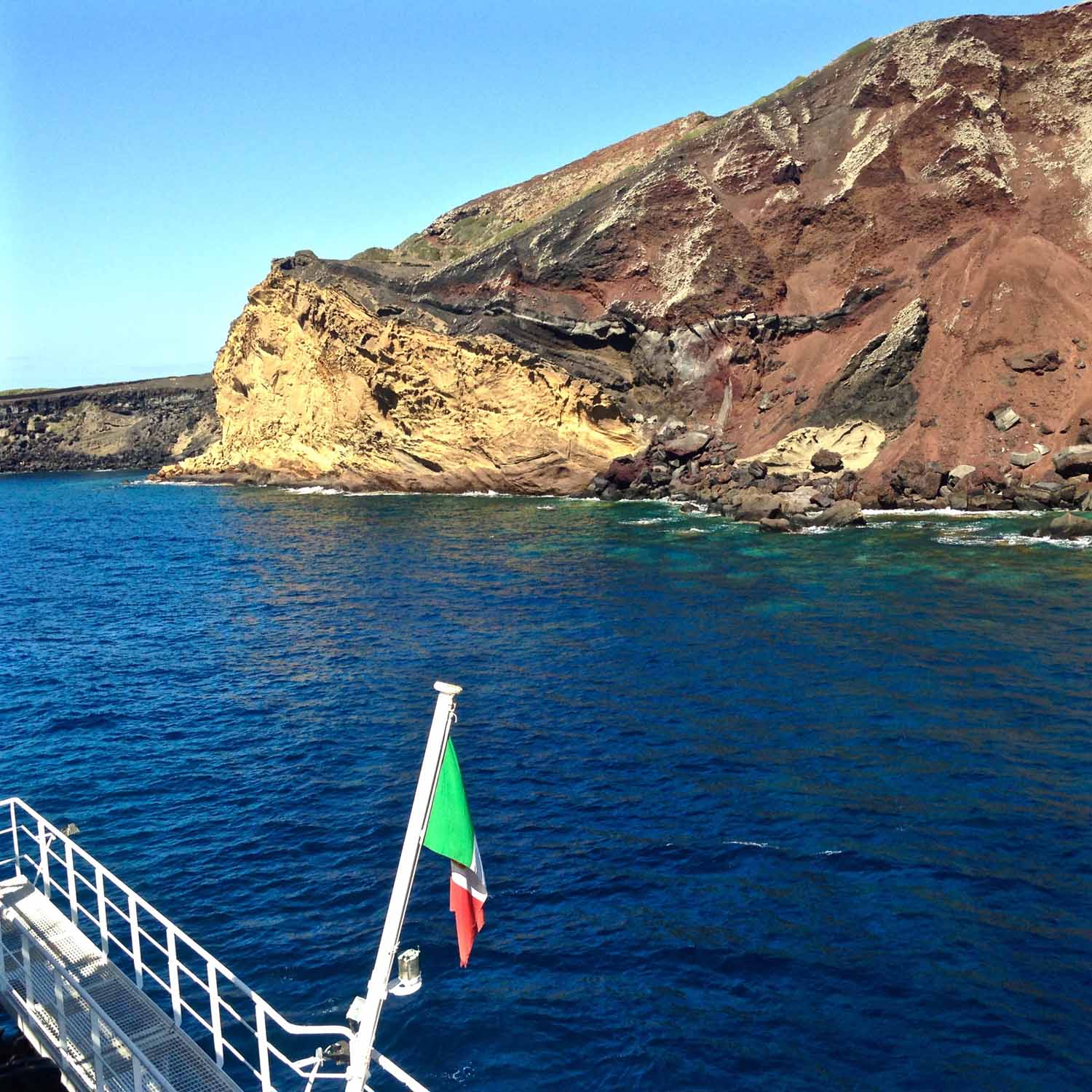
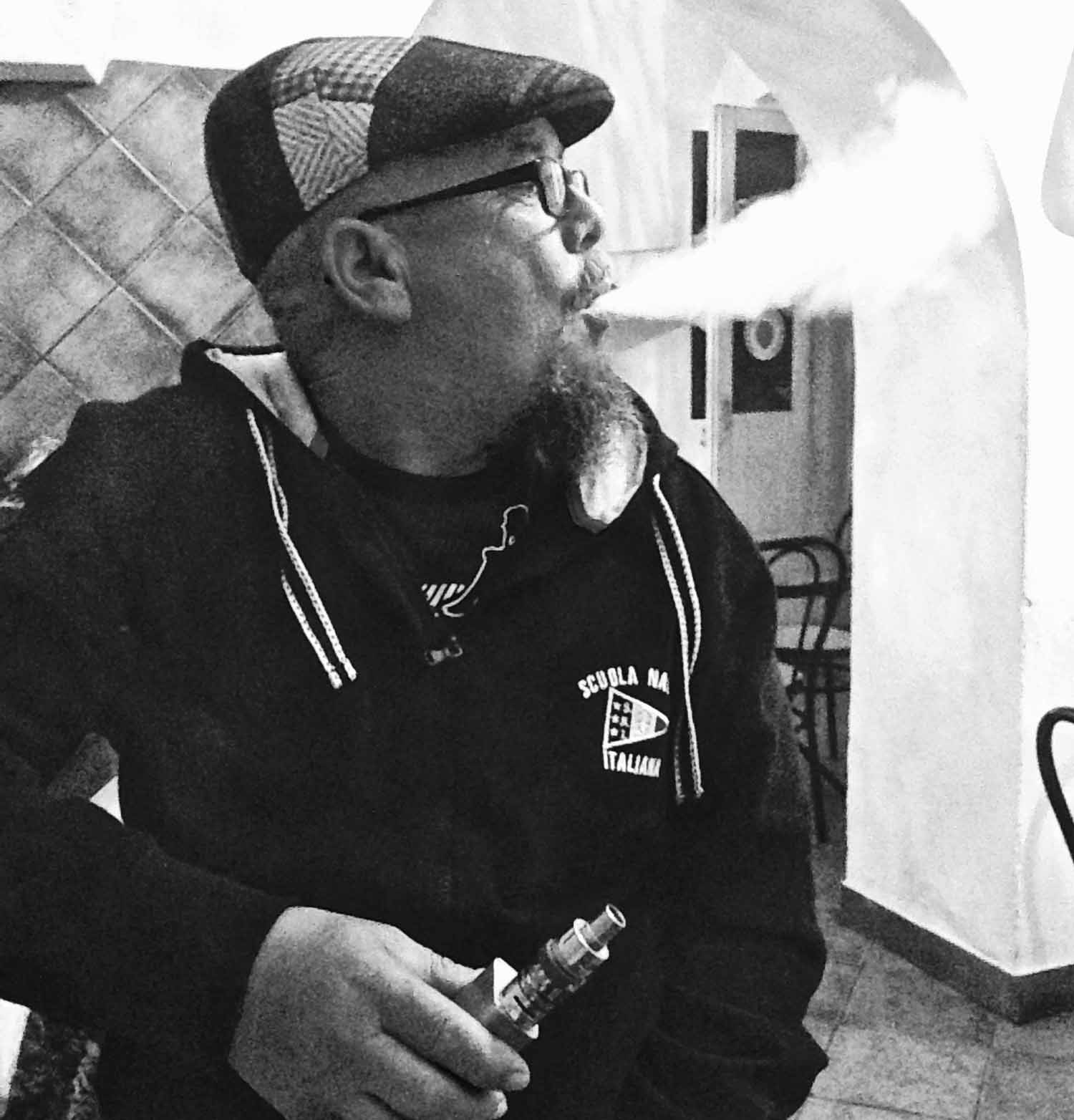
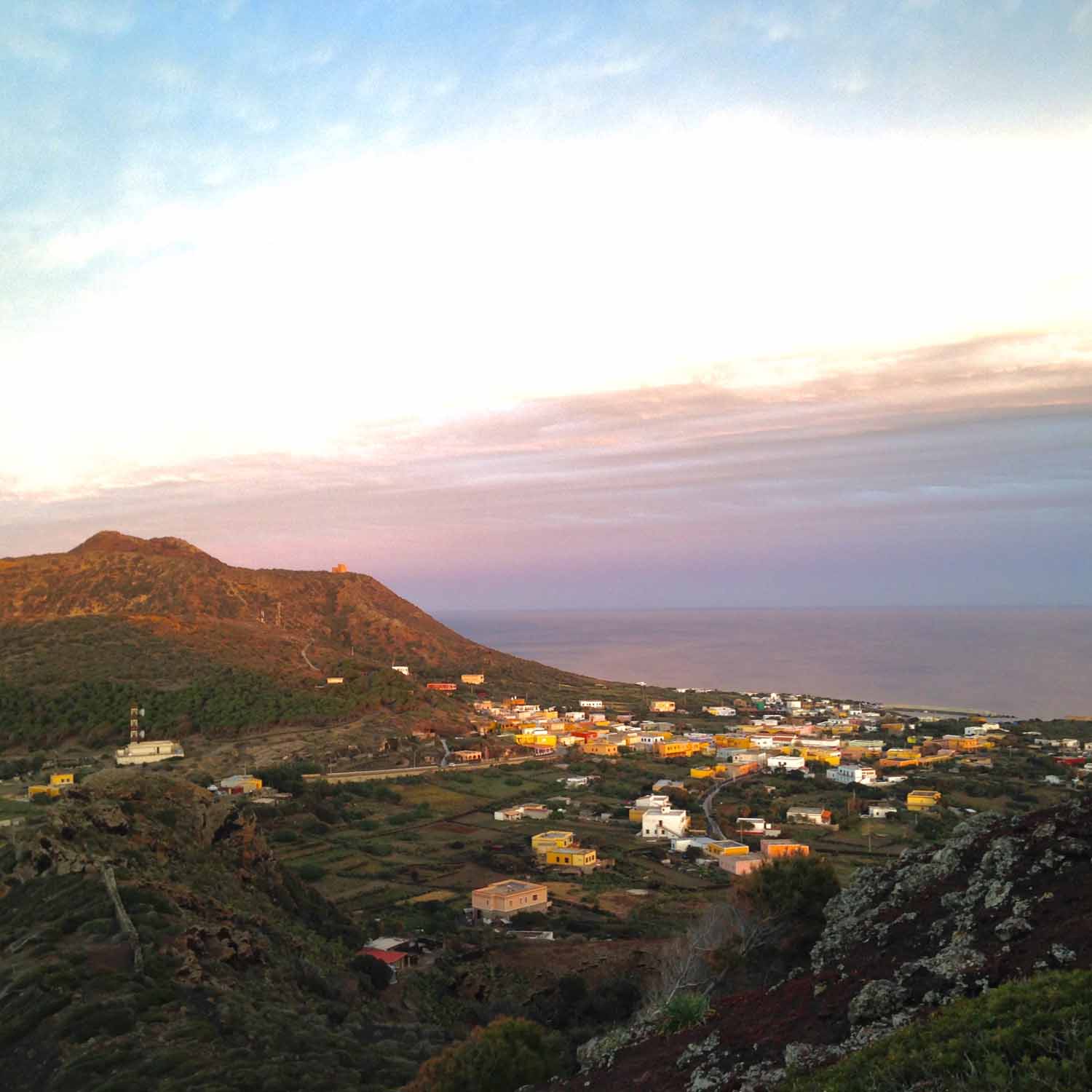
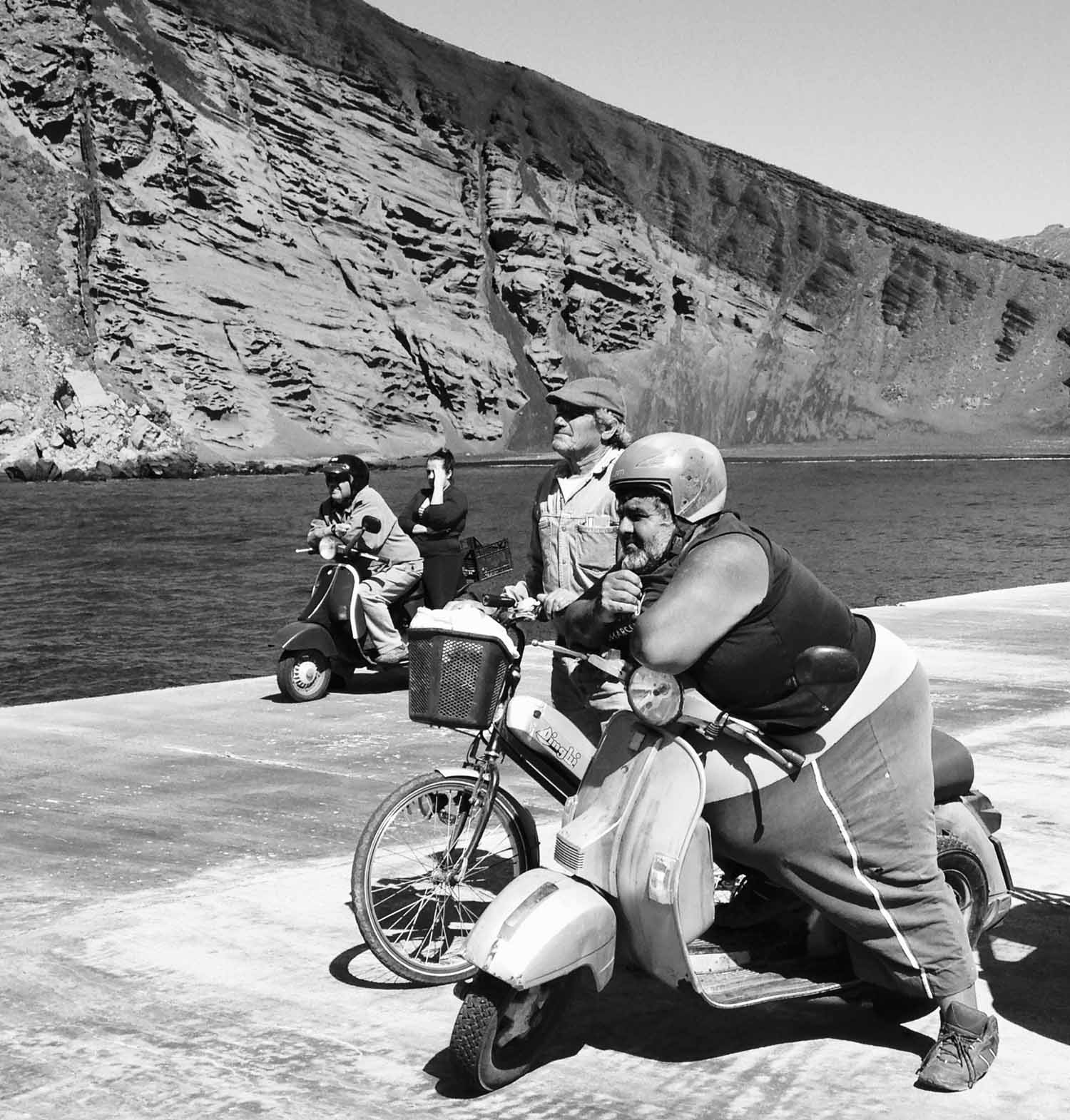
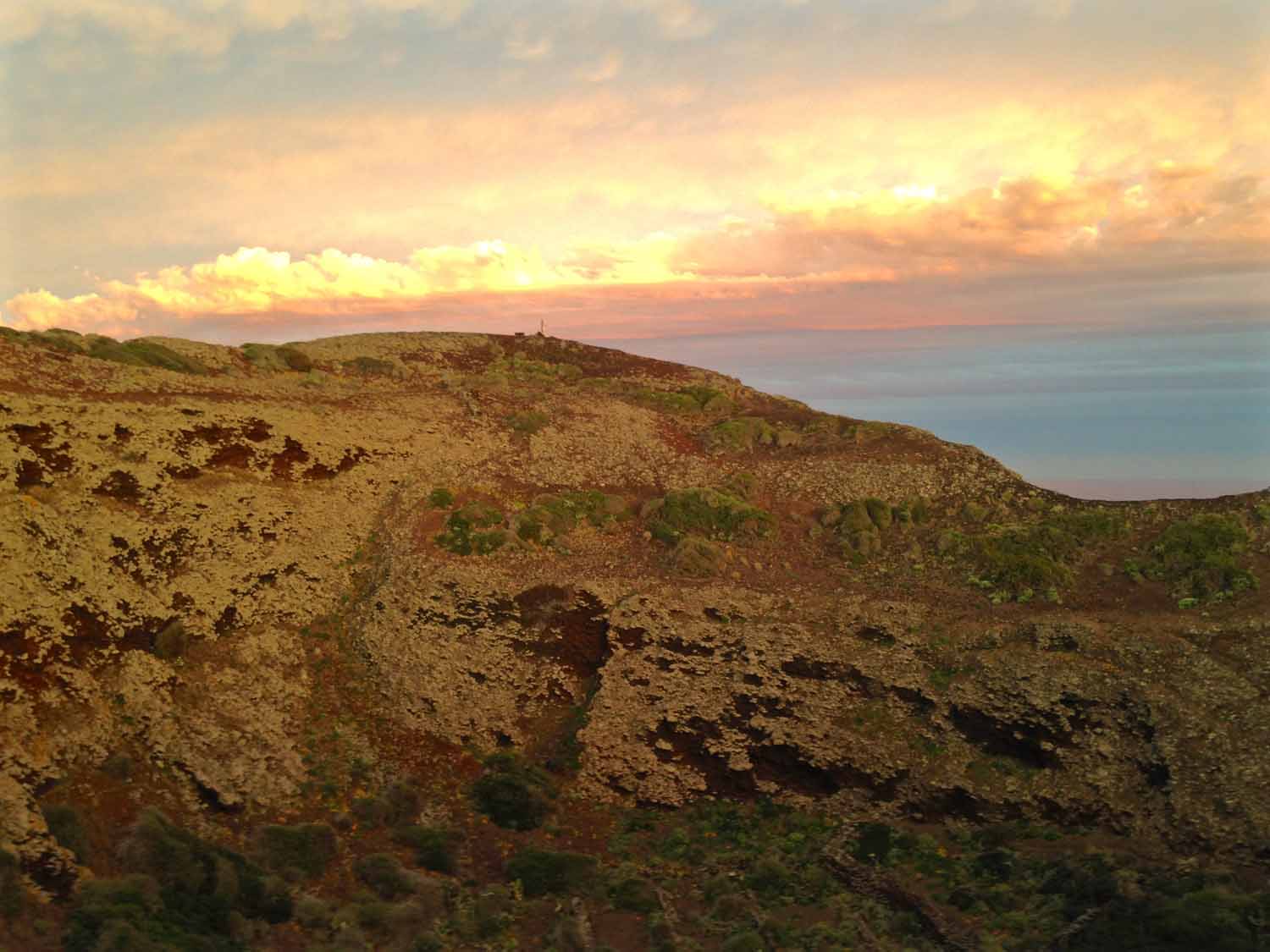
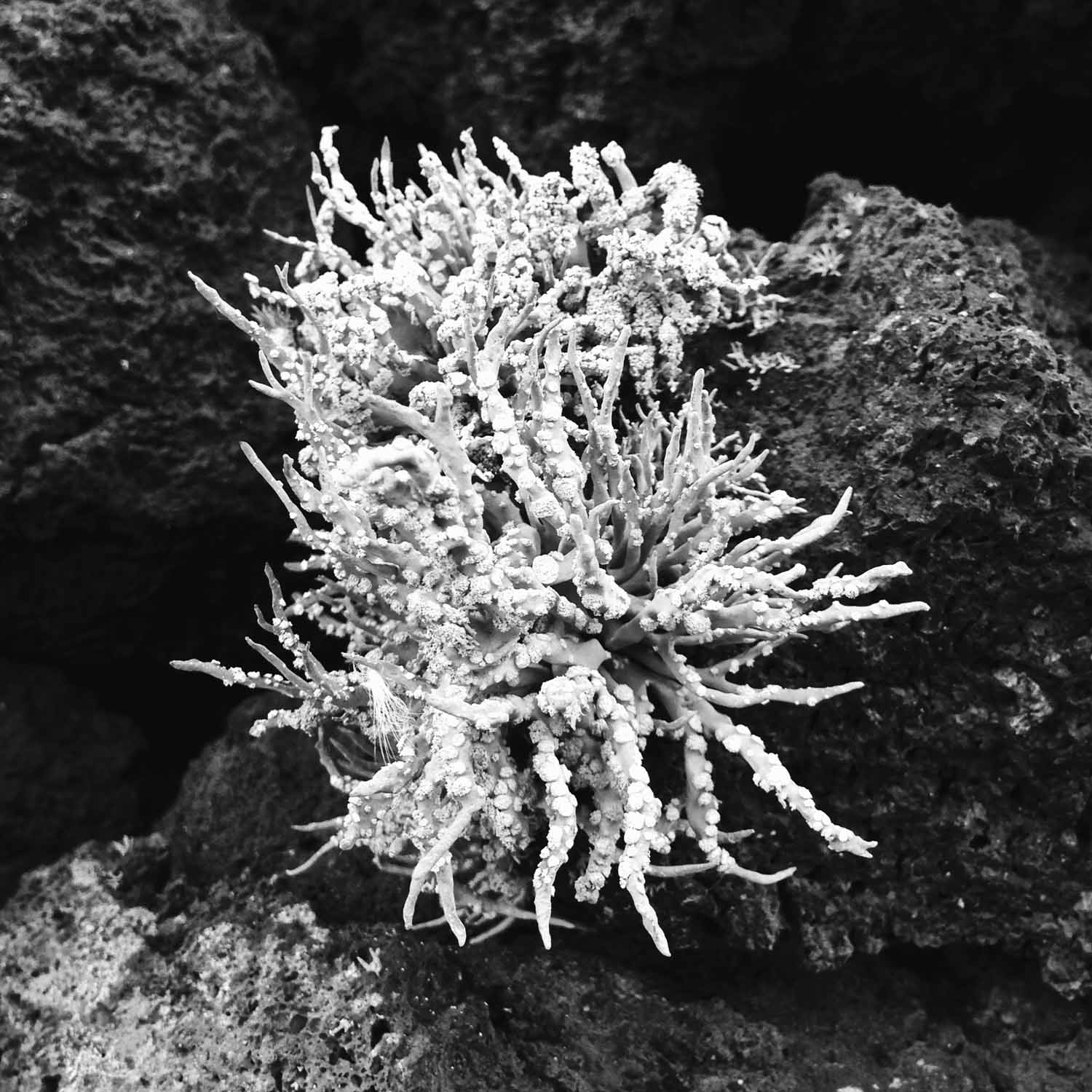

Great read . I enjoyed meeting Capt Sanvicente and hobnobbing with Darwin and Donne.